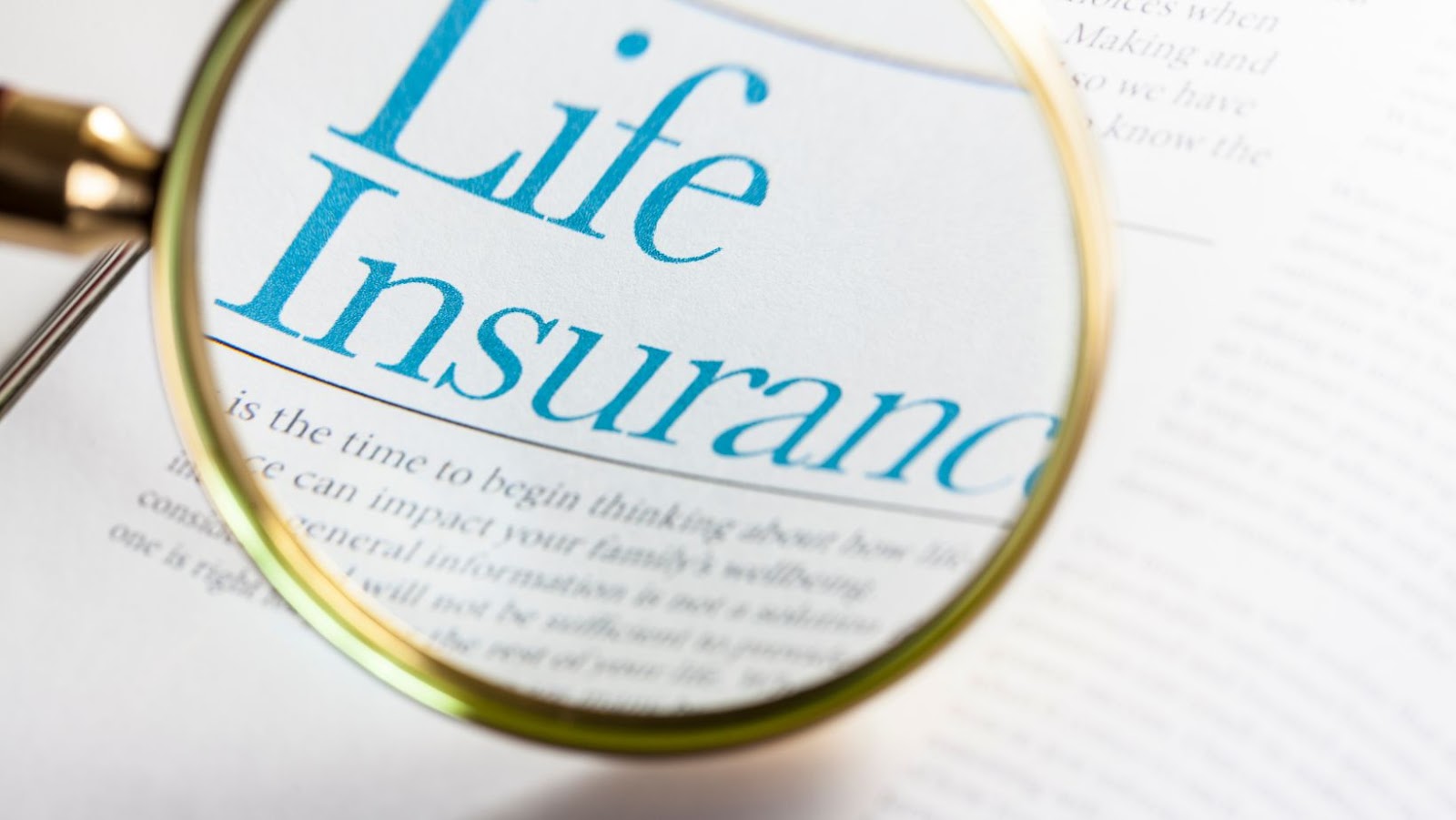
There are several different options when it comes to term life insurance. Which is right for you? Read on to find out. A lot of people’s idea of life insurance is simple: you pay a regular premium for the rest of your life, and when you pass away, your next of kin gets a payout. However, this is a very simple view of the process, and customers have a lot more options when it comes to choosing a policy. One of the more popular options has been term life insurance.
What is Term Life Insurance?
Put simply; this policy ensures you for a specific period of time, generally at least ten years but potentially as much as 30. This will usually mean your premiums are cheaper than whole life insurance – which lasts until you pass away – because there is no guarantee of a payout due to the obvious fact that you will hopefully survive through your term. However, it ensures you are protected in the event of an unexpected accident, illness, or other tragedy.
In addition to often being cheaper, it can also be a lot easier to set up with fewer requirements. For example, term life insurance quotes can be entirely digital, with customers simply needing to sign up online and not have to worry about a medical exam. This makes it convenient and simple. However, there are still elements to think about, such as the different types of term insurance available.
Level Term Insurance
The standard option is known as level-term life insurance, although sometimes it is referred to as a level-premium policy. This is nice and simple: when you sign up, you will agree to pay a flat sum every month in exchange for a specific amount to be paid out in the event of your death. These amounts stay the same for the length of the policy.
This is nice and simple. However, it does generally cost a little more because the insurer has to account for their own increasing costs over the term of the policy. Interest rates and other financial concerns mean that the sum you pay this month could be worth substantially less by the time the policy ends, so that has to be considered when working out your premium.
It’s also worth checking what steps you can take to re-insure yourself when your policy ends. If your health circumstances have changed, you might be less able to get insured after the policy is over, so check what your options will be before you commit to anything.
Decreasing Term Insurance
Rather than paying out a fixed amount, there is an option for the payout you get in the event of your death to decrease as time goes on. Your premiums will remain fixed but will generally be cheaper than if you opted for a level-term policy. This might seem like an odd choice, but as Investopedia points out, it can be a good option when combined with existing debt.

For example, a common reason to take out a life insurance policy is to ensure that if anything happens, your loved ones won’t have to worry about paying your mortgage and potentially losing the house. However, as time goes on, the amount left to pay on your mortgage decreases, so you will not need as big a payout. Decreasing term insurance accounts from this ensure you don’t have to pay as much throughout the term.
Increasing Term Insurance
The opposite of decreasing term insurance is increasing term. In this option, you commit to paying an increasing amount of money in order to receive an increasing payout as time goes on. This doesn’t have to be a large increase, but it means you can keep up with inflation. Usually, the amount you will pay and receive goes up by between two and 15 percent each year.
This is a good option if you want to cover your loved ones’ living costs, such as college expenses or ongoing mortgage payments. The money you receive will usually decrease in value over time due to inflation – for example, $100,000 in the year 2000 would only have the purchasing power of around $56,000 in 2022 – so this helps you secure the value of your policy.

Yearly Renewable Term (YRT) Policy
Finally, YRT life insurance has no specific term at all. Instead, they are renewed each year – if you want to – without needing to provide any extra evidence of your health and lifestyle. The premiums will automatically go up every year, but you will be covered for as long as you want. However, over time those premiums might become much too expensive.
Generally, this is considered to be a good fit for anyone looking for short-term coverage, such as if you are between jobs and hoping to afford a better policy with your new position. As time goes on, it becomes less of a good deal. For example, a $500,000 policy could start out costing you $133 per year, but after ten years, the amount you pay will double.
Conclusion
There are clearly a few differences between all of these policies, but the benefits of each one are easy to understand. Thanks to the flexibility of term life insurance, you can find the right policy for you without too much confusion and enjoy some peace of mind knowing you will be covered.























